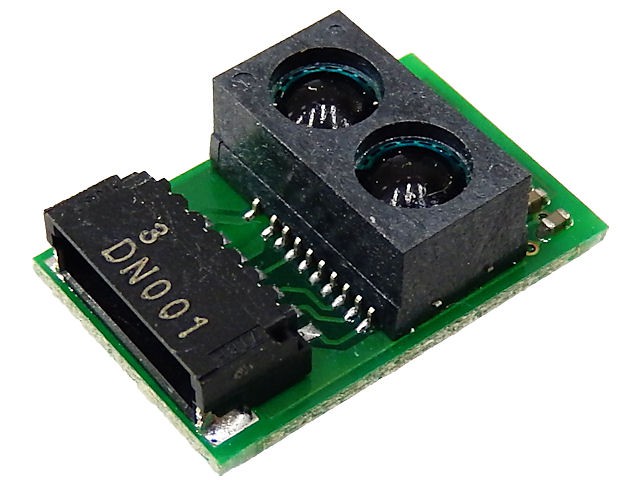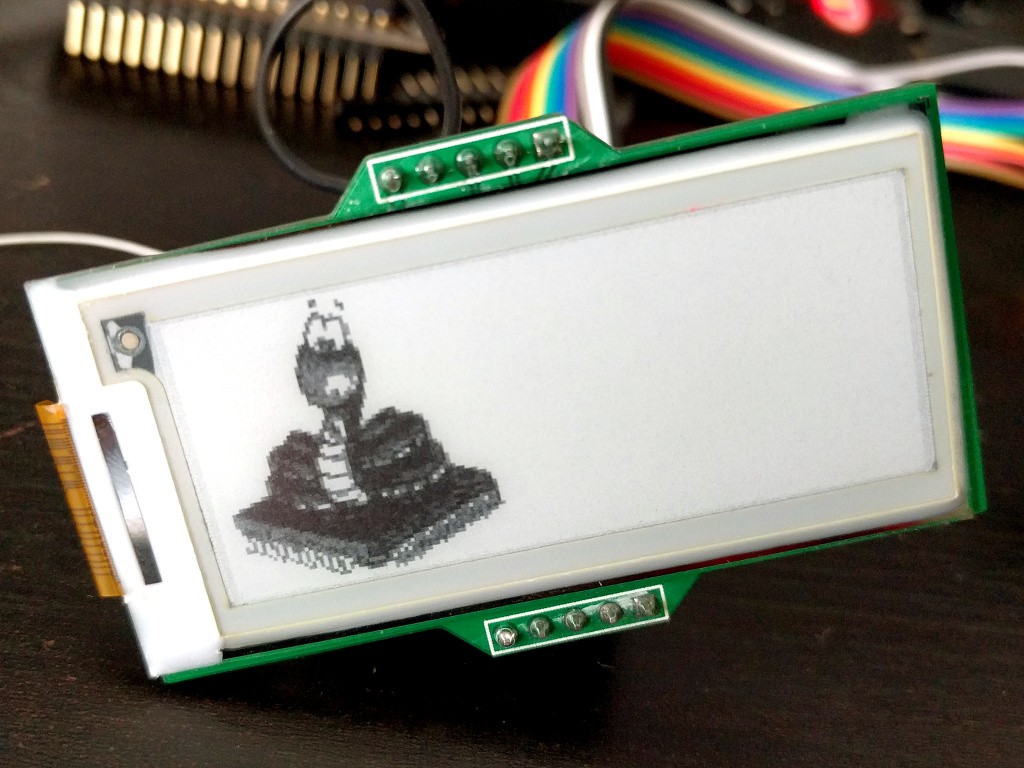Various Micropython Libraries and Drivers
A collection of miscellaneous libraries and drivers for Micropython
A collection of miscellaneous libraries and drivers for Micropython
To make the experience fit your profile, pick a username and tell us what interests you.
We found and based on your interests.
The code is at https://bitbucket.org/thesheep/micropython-oled/overview
See the README for explanation and examples.
This time I wrote drivers for something that mostly already had its drivers in MicroPython — the monochrome OLED displays. I did that, because I wasn't happy with the existing drivers — they are a bit elaborate in terms of indirection and inheritance. Sure, code reuse and so on, but not very nice for constrained platforms. So I did my own, trying to optimize them. I also exposed some useful functions, like flipping and hardware scrolling.
I will hopefully add some more exotic displays there, as I get specimen to test on.
The code is at https://bitbucket.org/thesheep/micropython-max31855
See the docstrings for usage.
The code is at https://bitbucket.org/thesheep/micropython-si7021
See the docstrings for usage.
The code is at https://bitbucket.org/thesheep/micropython-bno055
See the docstrings for usage example.
This is a small infra-red distance sensor with I²C interface. It can measure distances from 4 to 127cm. The source code is available here: https://bitbucket.org/thesheep/micropython-gp2y0e03/src

Example use:
from machine import I2C, Pin
import gp2y0e03
i2c = I2C(Pin(5), Pin(4), freq=100000)
s = gp2y0e03.GP2Y0E03(i2c)
s.read()This is a collection of 6 different displays drivers for TFT and OLED RGB displays. I finally took the time to refactor all my drivers, pull out the common parts, and put them all in a single library. Don't worry, each driver is in a separate file, so you can copy only the parts that you are actually using onto your board.
The source is at https://bitbucket.org/thesheep/micropython-display
Here's a library for handling a bunch of popular I2C-based real-time clock chips: https://github.com/adafruit/Adafruit-uRTC
And here is the documentation for it: http://micropython-urtc.readthedocs.io/en/latest/
As you can guess from the naming, I was supported by Adafruit Industries to write this one (but of course it will work with any breakout boards for those chips, not just theirs). I will most likely create more libraries for them.
Another basic display driver. This one uses the framebuf module, as does the SSD1306 driver in Micropython's source tree.
https://bitbucket.org/thesheep/micropython-ili9341/src/tip/sh1106.py
The use is pretty much the same.
This driver is for a monochromatic matrix of up to 144 LEDs, with hardware PWM and blinking. It also has 8 frames of memory, and can fade between them, or play animations with them -- optionally synchronized to music! The code is at https://bitbucket.org/thesheep/micropython-is31fl3731/src/tip/is31fl3731.py
Example use:
import is31fl3731
from machine import I2C, Pin
i2c = I2C(Pin(5), Pin(4))
display = is31fl3731.CharlieWing(i2c)
display.fill(127)
display.pixel(0, 0, 2, True)
display.blink(540)This is a relatively cheap SPI E-ink display that you can find on tindie. It has 4 shades of grey per pixel, and 172x72 resolution.
The code is at https://bitbucket.org/thesheep/micropython-ili9341/src/tip/ssd1606.py
Example code:
from machine import Pin, SPI
import ssd1606
spi = SPI(miso=Pin(12), mosi=Pin(13, Pin.OUT), sck=Pin(14, Pin.OUT))
display = ssd1606.SSD1606(172, 72, spi, Pin(4), Pin(5), Pin(2), Pin(15))
display.fill(3)
display.pixel(10, 10, 0)
display.show()And the display:

Create an account to leave a comment. Already have an account? Log In.
Become a member to follow this project and never miss any updates